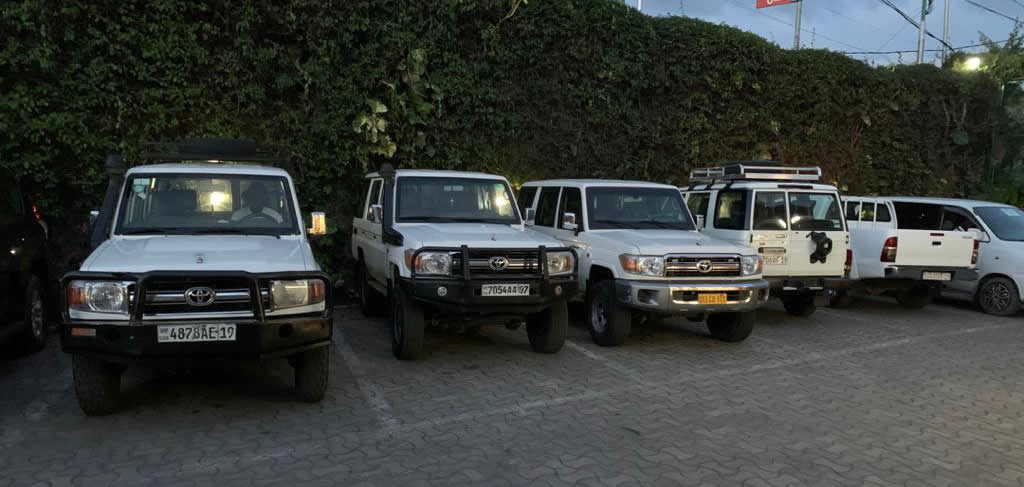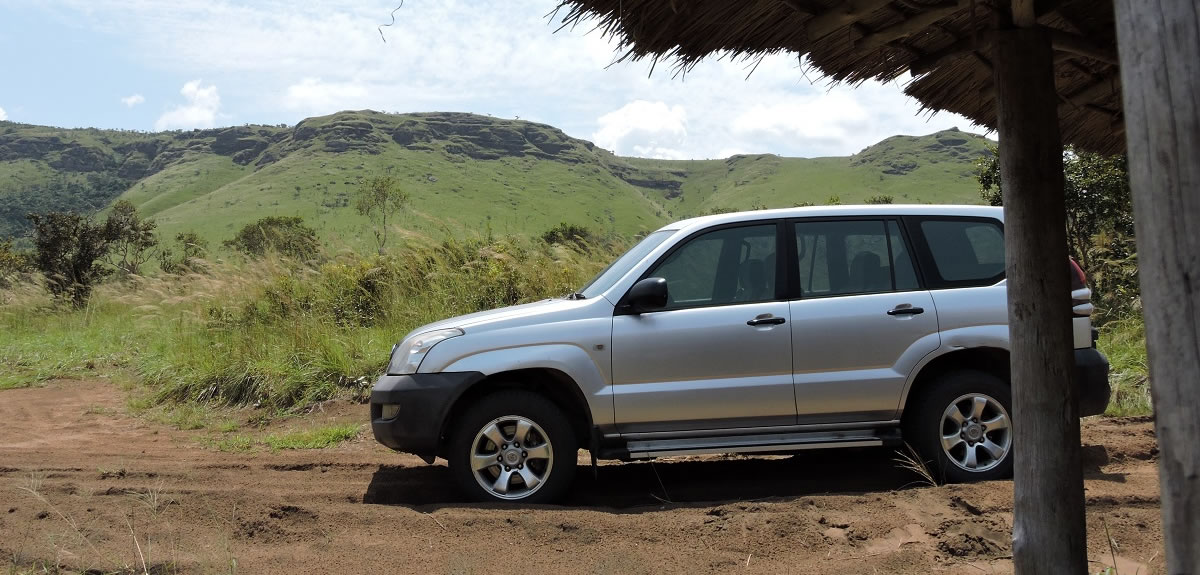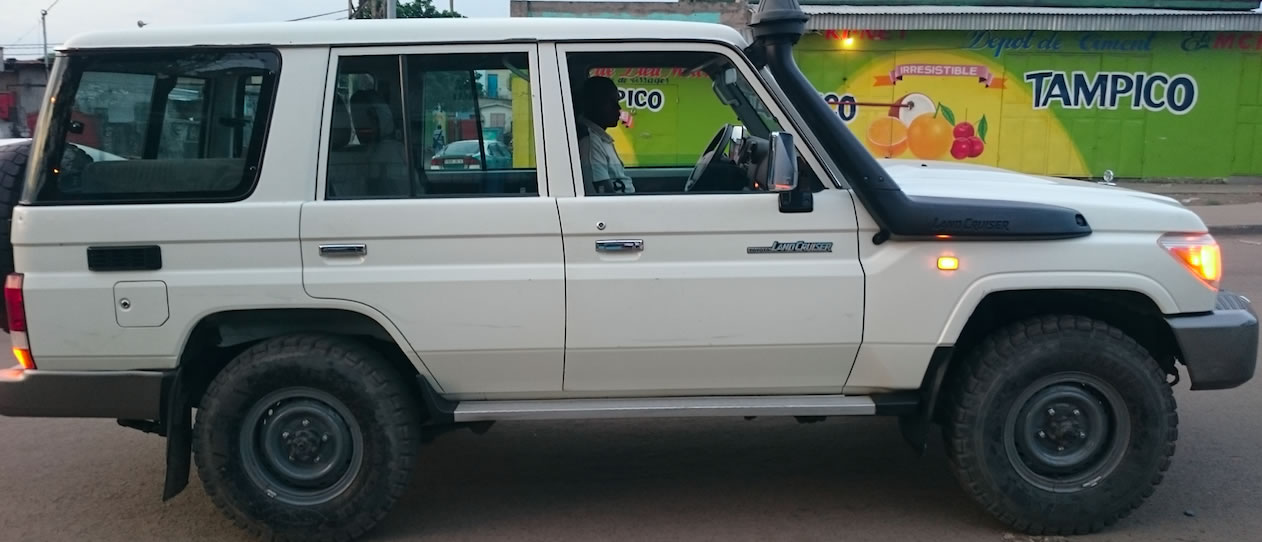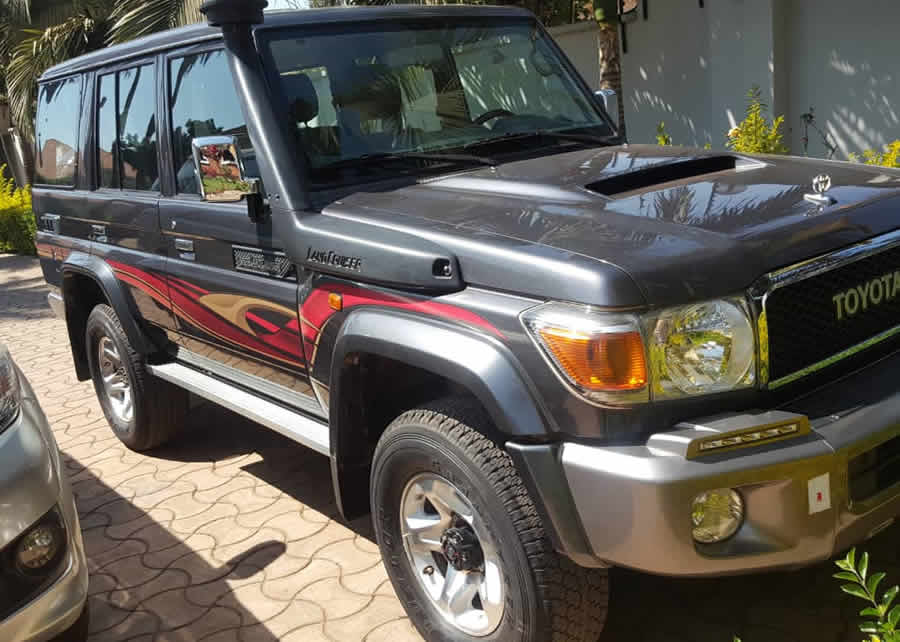Madagascar, the world’s fourth-largest island, is a land of environmental superlatives. It is home to around 200,000 known plant and animal species, 90 percent of which are endemic, and it is the only place in the world to see up to 70 species of lemur. Although the nation has the potential to be a major ecotourist destination, its infrastructure is largely undeveloped. Vacations in Madagascar are best suited to adventurous travelers willing to sacrifice some comfort for the chance to explore the island’s remarkable ecosystems.
Madagascar separated from the African continent 165 million years ago, and the 200-mile-wide Mozambique Channel meant the island’s species evolved in isolation. According to National Geographic, 90 percent of Madagascar’s species are not found anywhere else on Earth. The coastal areas of Madagascar experience a tropical climate, the inland regions are mostly temperate and the south is arid with distinctive spiny desert trees. Madagascar’s famous baobab trees, characterized by their voluminous trunks, are prevalent in the west, where the most impressive specimens line the Avenue du Baobab near Morondava.
Madagascar’s Wildlife
The most well-known creatures in Madagascar are the lemurs, a diverse group of primates that enchant tourists with their exceptional cuteness. Some lemur species, like the tiny mouse lemur or bug-eyed, alien-fingered aye-aye, are so rare that a glimpse is highly unlikely on an average wildlife tour. While all lemur species are endangered, some are easier to spot than others. These include instantly-recognizable ringtails, who live in troops of six to 30 individuals; sifakas, who dance and leap from tree to tree with a side-winding hop; and the indri, the largest living lemur species whose calls have been likened to whale song. Although lemurs take the spotlight, Madagascar is home to scores of other fascinating creatures. These include the world’s smallest and largest chameleons; the predatory cat-like fossa; the largest butterfly in the world, the comet butterfly; and endangered land tortoises and 285 known bird species.
National Parks and Reserves
There are 11 National Parks in Madagascar, six of which comprise the Rainforests of the Atsinanana UNESCO World Heritage Site. A second Madagascan World Heritage Site is Tsingy de Bemaraha Strict Nature Reserve, a land of limestone peaks, canyons, forests and mangrove swamps that is home to rare lemurs and birds. Andringitra, Zahamena, Marojejy and Ranomafana national parks boast the most lemur species with at least a dozen each.
Eco-Tours and Excursions
Organized eco-tours to Madagascar are available through numerous companies and organizations. They differ in duration, relative level of luxury and specific focus. All eco-tours showcase the wildlife of Madagascar, but some concentrate on spotting lemurs, birds or marine creatures, or on particular activities like camping, kayaking, hiking or diving. Terra Incognita Ecotours offers a 15-day expedition designed for photographers. The itinerary includes multiple destinations to showcase Madagascar’s varied desert and forest ecosystems, with time dedicated to picture-taking throughout. Day tours also facilitate exploration of Madagascar’s environments. From June to September, humpback whales return from Antarctica to the Indian Ocean and present the chance for whale-watching excursions.













